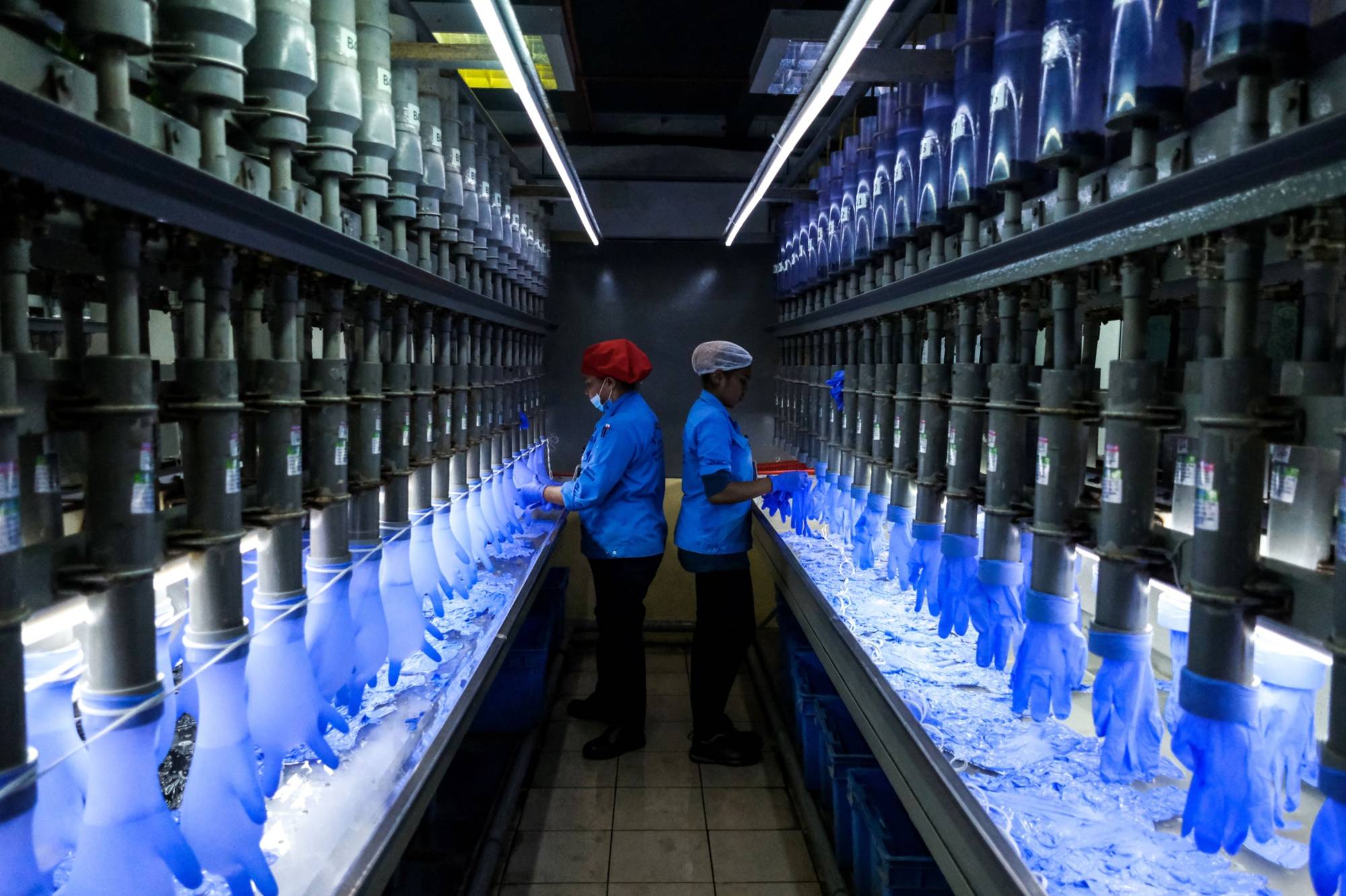For decades, most Southeast Asian economies climbed the income ladder by pursuing a growth strategy based on ramping up investment in export-oriented manufacturing and services, relentlessly upskilling their domestic workforces, and leveraging technological advances.
Today, the ASEAN+3 countries — the 10 member states of the Association of Southeast Asian Nations plus China, Japan and South Korea — can be proud of their accomplishments. The region’s economic transformation has been breathtaking, from its rising per capita income and share of global GDP to its human capital development and rapid ascent of global business competitiveness rankings.
The region has become the “factory of the world,” with highly efficient and cost-effective supply chains. Its success hinges on individual economies benefiting from cost efficiencies by specializing in the production of key components of increasingly complex products, supported by global demand resulting from trade-driven growth. And this growth strategy remains viable today, even as advanced and emerging economies alike shift to the technology-driven “new economy.”



















With your current subscription plan you can comment on stories. However, before writing your first comment, please create a display name in the Profile section of your subscriber account page.